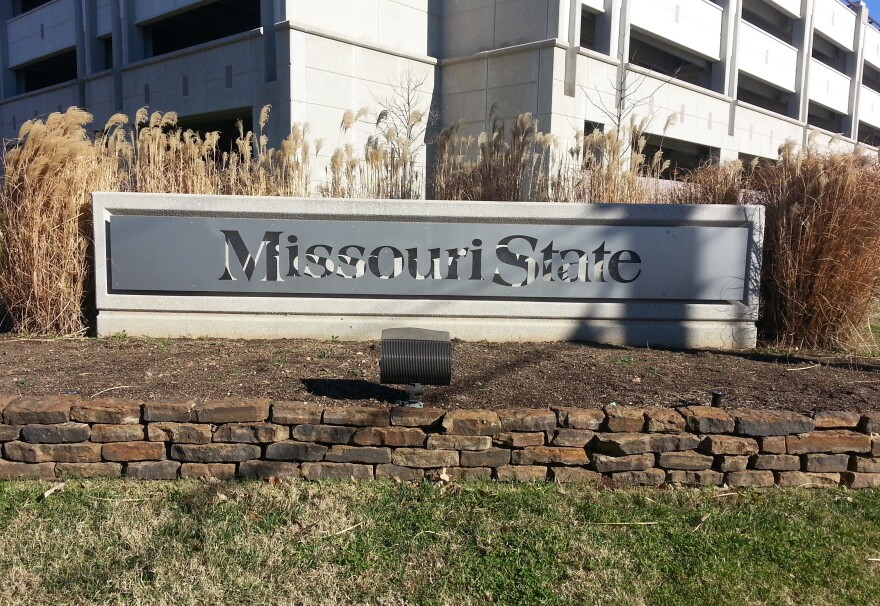Missouri State University’s Bias Response Team has handled 20 cases of perceived prejudice so far this year.
The unit is comprised of nine officials, including students, faculty and staff; and is headed by MSU Dean of Students Dr. Thomas Lane.
According to President Clif Smart, the BRT is one way in which the school handles claims of harassment or discrimination. It’s an informal process, different from how issues would be dealt with at the level of a Title IX or Institutional Equity and Compliance office.
“It’s not a disciplinary thing at all,” he said. “It’s a way for us to kind of informally weigh in when little micro aggressions, little incidents occur in a residence hall, on social media, in class; to engage students and make sure they realize that there may have been some hurtfulness in something that was said.”
Dozens of universities across the country have a Bias Response Team. The BRT at MSU was created in spring 2016. It came after students called for greater accountability from the school regarding its diversity and inclusion efforts. It was also at a time when the University of Missouri in Columbia was facing criticism over recent racial issues on its campus.
Speaking on KSMU’s Engaging the Community, Smart uses examples of insensitive graffiti language in a residence hall or diversity posters being torn down as situations that would prompt BRT’s involvement.
“You’re really looking for patterns so that if one floor of a residence hall had several incidents like that you might call everybody together and do some kind of informal training, have some conversations about what’s going on. Again, not so much to discipline people but to know we have to figure out how to live with each other and respect each other’s views.”
He says it’s important to deal with issues at their lowest level before they potentially escalate. While most cases are low profile, a recent situation did generate publicity when racial language appeared on the Facebook page of a girl believed to be a MSU student. A brief investigation found the person was not a current student, which effectively ended the school’s review into the matter. It also wasn’t clear if she in fact made those statements herself or her account was hacked.
But because of today’s social media environment, Smart says “you can’t let these things linger."
“One of the reasons we put this team together was to have a group of people we could turn to in short notice… Let’s get the people in and see what really happened and see if we can keep this from becoming a horrific thing that gets completely away from us – and it works.”
Smart says that in a perfect world there isn’t need for a Bias Response Team. “That may be a little bit Pollyanna,” he adds, suggesting a more plausible long-term goal is to handle as many issues informally as possible.
“And make sure that people grow out of them, that there’s a learning experience, and that we just go on. None of us are perfect - we all make mistakes – but rather than having formal processes where we are trying to discipline students or employees for kind of minor infractions it’s much better if we can figure out ways to work through them.”


